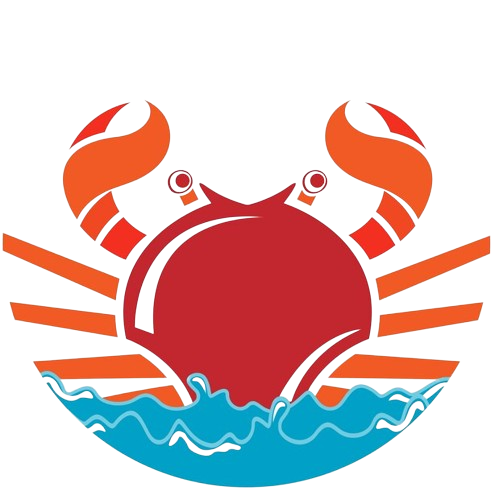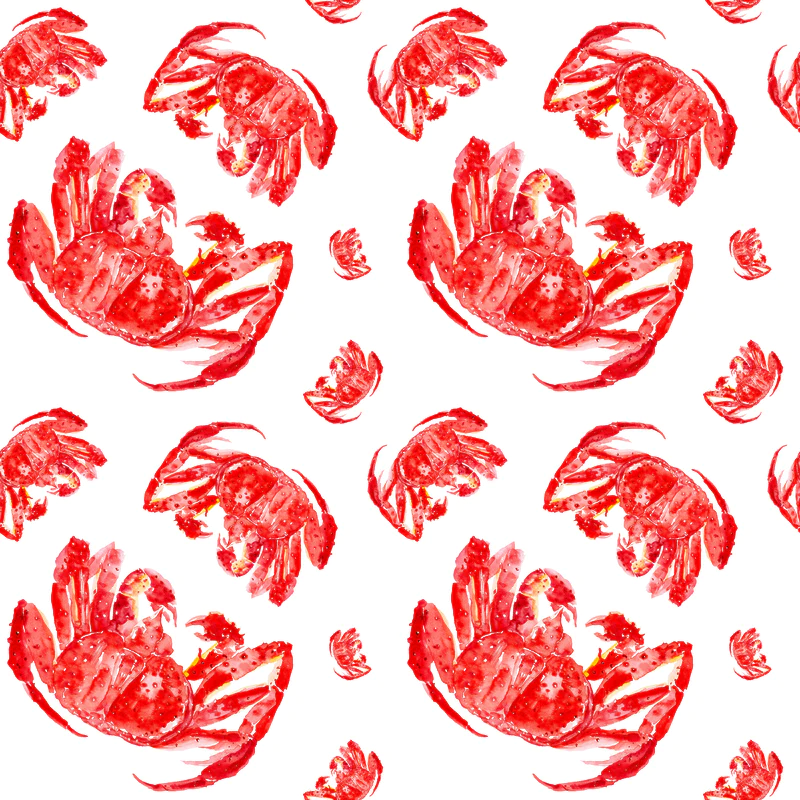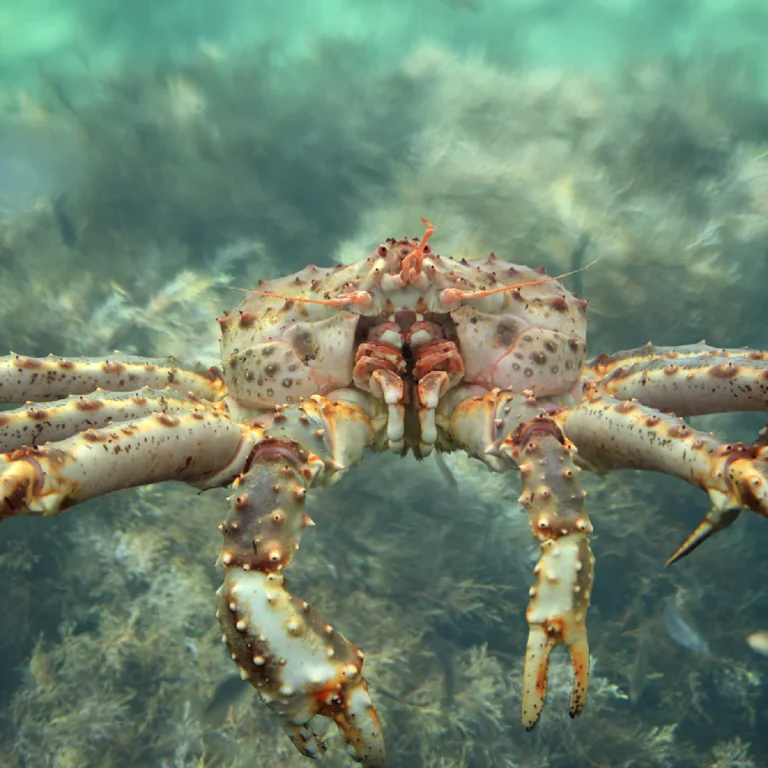Everything You Need to Know About King Crab, the King of Crabs
A species of marine crab found in the chilly waters of the northern Pacific and northern Atlantic Oceans is the king crab. It’s often referred to as the Alaskan or Norway king crab and is one of the most sought-after seafood specialties in the world. King crab is a favorite among chefs and seafood enthusiasts because of its sturdy shell, enormous size, and delicious meat. This article will examine the king crab’s life cycle, traits, routines, enemies, and applications.
Exploring Geoduck Dishes from Around the World
- What is King Crab?The king crab is a species of marine crab found in the cold waters of the northern Pacific and northern Atlantic Oceans. It is also known as the Norway king crab or Alaskan king crab. It is the largest species of crab in the world, reaching up to 11 feet in length and weighing up to 19 pounds. It has a robust shell and long, spiny legs that can reach up to six feet in length.
- Origins of King CrabThe king crab is native to the shallow waters of the North Pacific Ocean and the Bering and Chukchi seas. It has been commercially harvested for centuries, with the first king crab fishing expedition taking place in 1820. Today, the king crab is one of the most lucrative fisheries in the United States and Canada, with more than 50 million pounds of king crab harvested annually.
Characteristics of King Crab
- Coloring and AppearanceKing crabs are typically reddish-brown to yellowish-brown in color, but they may also be orange, blue, or purple. The underside of their shells is usually lighter in color than the upper surface. They have long, spiny legs, and two large, claws that they use to capture and crush their prey.
- Size and LifespanKing crabs can reach up to 11 feet in length and weigh up to 19 pounds. On average, they live for around 10 years in the wild. The largest king crab on record weighed in at 24.7 pounds.
King Crab Habitat
- Where Do King Crabs Live?King crabs are found in the northern Pacific and northern Atlantic oceans, including the shallow waters of the Bering and Chukchi seas off the coast of Alaska, Canada, and Russia. They prefer cold, shallow waters and can be found as deep as 7,800 feet. They inhabit a variety of habitats, including estuaries, bays, rocky shores, coral reefs, kelp beds, and sea grass beds.
- The Impact of King Crabs on the EnvironmentThe king crab is an important part of the marine ecosystem, as it helps to keep the populations of smaller prey species in check. It is also a major food source for marine mammals such as whales, seals, and sea lions. The king crab’s grazing can have a significant impact on the seabed, as it feeds on a variety of organisms such as algae, sea grasses, small fish, and other invertebrates.
King Crab Predators
- What Eats King Crabs?King crabs are preyed upon by a variety of marine animals, including whales, dolphins, seals, sea lions, sharks, and large fish such as halibut. Humans are also major predators of king crabs, with millions of pounds harvested for human consumption each year.
- Defensive Tactics of King CrabsKing crabs have a variety of defensive tactics that they use to avoid being eaten. These include hiding in crevices and beneath rocks, burrowing into sediment, and attempting to blend in with the seafloor. They also produce defensive chemicals from pores located on their legs and claws, which can help to deter predators.
Uses of King Crab
- King Crab as a Food SourceKing crab is a highly sought-after delicacy around the globe. It is most often boiled or steamed and served with butter or lemon. The meat is sweet and succulent, and is prized by chefs for its flavor and texture. In the United States, it is most commonly served at seafood restaurants and is often used as an ingredient in bisques, salads, and crab cakes.
- King Crab in ResearchKing crabs are also valuable research subjects, as they are hardy and can adapt to a variety of environments. Scientists use them to study topics such as the impacts of ocean acidification, the effects of climate change, and the survival of marine species in the face of human exploitation.
Conclusion
The king crab is a species of marine crab found in the cold waters of the northern Pacific and northern Atlantic Oceans. It is an important part of the marine ecosystem and is a major food source for both predators and humans. With its robust shell, impressive size, and succulent meat, the king crab is a highly sought-after seafood delicacy and an important commercial commodity.
When it comes to unusual seafood, geoduck is at the top of the list. This large, burrowing clam is found primarily in the Pacific Northwest and has been a staple in indigenous diets for centuries. In recent years, it has become increasingly popular in Asian cuisine and can now be found on menus across the globe.
If you’re a seafood lover, you’ll want to check out our guide to geoduck dishes from around the world. From classic preparations to modern twists, there’s something here for everyone. Let’s dive in!
First up, we have the classic geoduck sashimi. This Japanese dish features thinly sliced geoduck served raw with soy sauce and wasabi. The texture is slightly crunchy with a mild, sweet flavor. It’s a must-try for anyone who loves sushi.
Moving to China, we find another classic preparation: geoduck hot pot. In this dish, the clam is sliced and added to a pot of boiling broth along with various vegetables and spices. It’s a hearty, comforting meal that’s perfect for cold winter nights.
In South Korea, geoduck is often served as a stew. The clam is simmered with vegetables and a spicy broth, creating a flavorful and warming dish. It’s often eaten with a side of rice or noodles.
If you’re feeling adventurous, you might want to try geoduck ceviche. This Peruvian dish features diced geoduck marinated in citrus juice, chili peppers, and onions. It’s tangy and refreshing, with a hint of heat.
Finally, we have geoduck chowder. This classic American dish is perfect for showcasing the clam’s sweet, briny flavor. The chowder is rich and creamy, with chunks of geoduck and potatoes in every bite.



